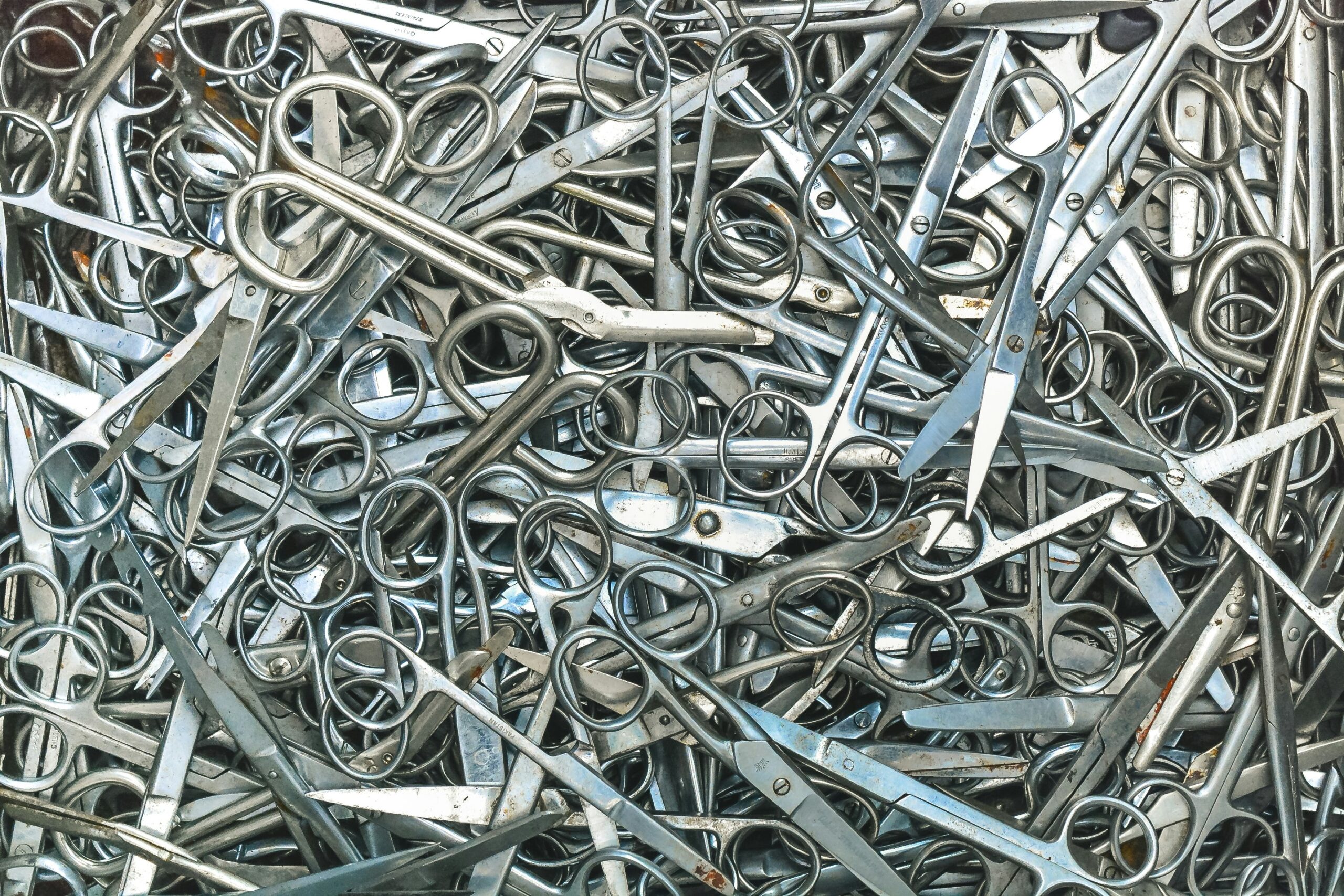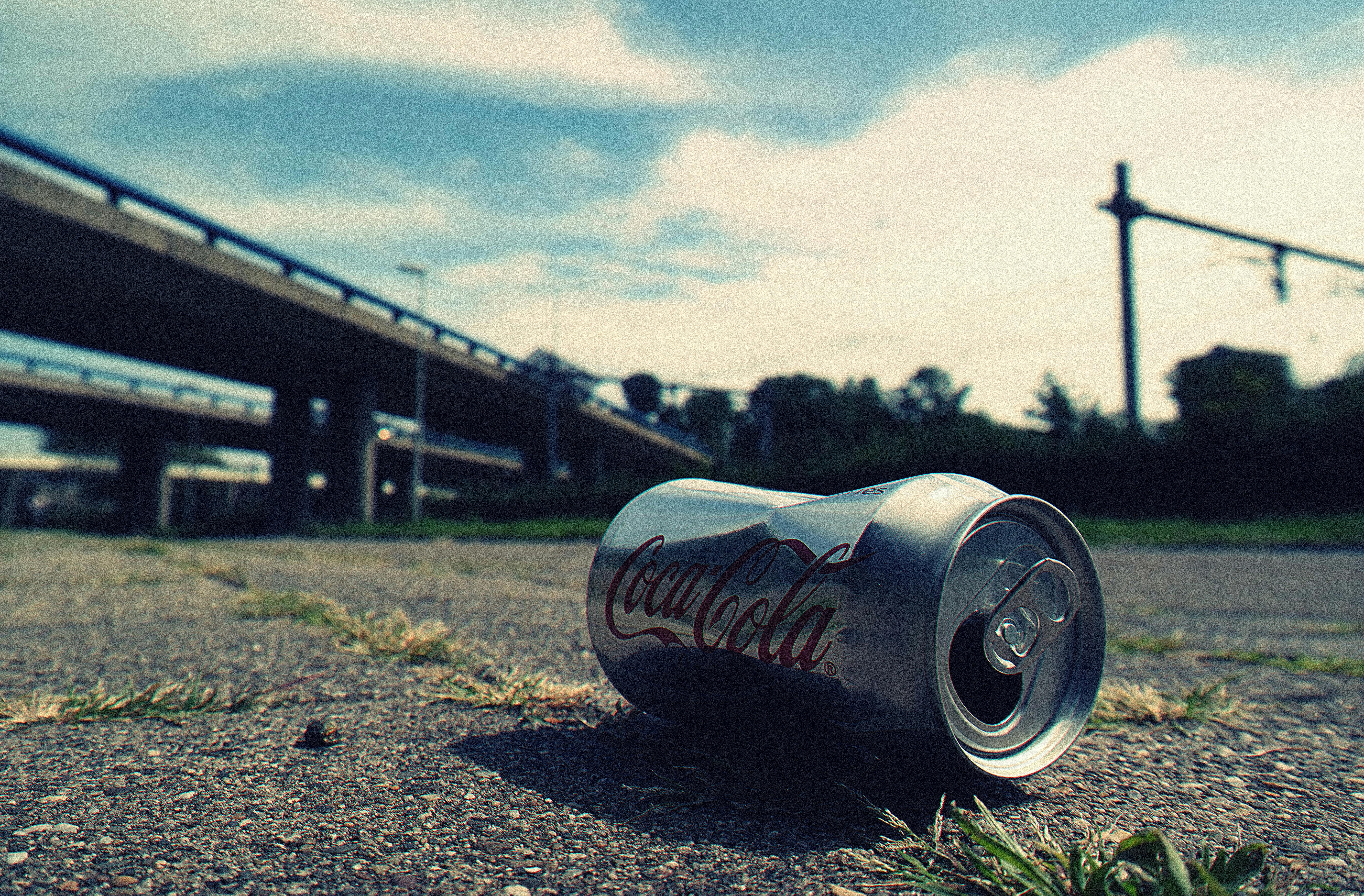5901 Botham Jean Blvd, Dallas, TX 75215
What Are Aluminum Waste Reuse Projects?
June 12, 2025Did you know that recycling a single aluminum can saves enough energy to power a television for up to three hours? This efficiency makes aluminum one of the most valuable materials in our recycling stream. Aluminum waste reuse projects take this potential even further.
Aluminum waste reuse projects involve repurposing discarded aluminum materials into new products or applications. These initiatives go beyond traditional recycling by creatively transforming aluminum waste. With approximately 67% of aluminum cans recycled globally, making them the most recycled container in the world, there’s a tremendous opportunity for innovation.
These projects serve multiple purposes. They reduce waste heading to landfills, conserve natural resources, and promote sustainability across industries. From artists creating sculptures from discarded cans to companies developing closed-loop manufacturing systems, aluminum waste reuse represents a practical step toward a more circular economy.
How efficient is the aluminum recycling process?

The aluminum recycling process exemplifies resource efficiency in waste management. It requires only 5% of the energy needed to produce new aluminum from bauxite ore. This significant 95% energy reduction makes aluminum one of the most energy-efficient materials to recycle.
This efficiency leads to environmental benefits. Each ton of recycled aluminum prevents the use of about 14,000 kilowatt-hours of energy and saves 40 barrels of oil from being burned. The process also conserves 10 cubic yards of landfill space, significantly aiding waste reduction efforts.
The Seven-Step Recycling Process
The journey from discarded aluminum to reusable material follows a systematic approach:
1. Sorting: Facilities separate aluminum from other recyclables. Since aluminum is non-magnetic, magnets can efficiently isolate it from other metals.
2. Shredding: The aluminum is cut or shredded into small pieces, reducing volume and preparing the material for efficient processing.
3. Cleaning: Mechanical and chemical processes remove contaminants from the aluminum, ensuring purity before melting.
4. Melting: The clean aluminum enters high-capacity furnaces, reaching temperatures over 750 degrees Celsius, transforming it into a molten state.
5. Removal of byproducts: Impurities rise to the surface of the molten aluminum and are removed either mechanically or with chlorine and nitrogen gas.
6. Creating alloys: Specific metals like copper, zinc, magnesium, or silicon are added to the molten aluminum to create alloys for particular applications.
7. Compounding: The molten metal is formed into ingots for transportation to manufacturing facilities where it becomes new products.
Environmental Impact
The efficiency of aluminum recycling extends beyond energy savings, reducing greenhouse gas emissions by about 95% compared to primary aluminum production. Each year, global aluminum recycling prevents the release of around 170 tons of greenhouse gases.
The environmental benefits multiply with each recycling cycle. Unlike some materials, aluminum retains its properties indefinitely, making it infinitely reusable without quality loss.
Aluminum cans highlight the recycling system’s speed and efficiency. A used can can be recycled and return to store shelves as a new container in as little as 60 days. Theoretically, a single can could be recycled up to six times in one year.
| Benefit Category | Specific Benefit | Quantified Impact |
|---|---|---|
| Energy Conservation | Reduced energy consumption | 95% less energy than primary production |
| Energy Conservation | Energy savings per can | Enough to power a TV for 3 hours |
| Energy Conservation | Energy savings per ton | 14,000 kilowatt-hours |
| Greenhouse Gas Reduction | CO2 emissions reduction | 95% reduction compared to primary production |
| Greenhouse Gas Reduction | Potential annual CO2 savings | 60 million tonnes by 2030 |
| Greenhouse Gas Reduction | CO2 equivalent per ton | 0.6 tonnes (recycled) vs 16.6 tonnes (primary) |
| Resource Conservation | Oil savings | 40 barrels per ton recycled |
| Resource Conservation | Landfill space saved | 10 cubic yards per ton recycled |
| Resource Conservation | Bauxite mining reduction | 4-5 tons of bauxite saved per ton recycled |
| Economic Benefits | Value of discarded aluminum in US | $1 billion annually |
| Process Efficiency | Recycling cycle time | 60 days from can to new can |
| Process Efficiency | Recycled content in modern products | Approximately 68% |
Modern aluminum products typically contain about 68% recycled content. This reduces the total energy needed for can production by approximately 50%. The industry continues to push for higher recycling rates to further improve efficiency metrics.
Despite impressive statistics, about 65-70 billion aluminum cans still end up in landfills annually. In the United States alone, discarded aluminum represents about $1 billion in lost value each year, highlighting the economic opportunity alongside the environmental benefits.
What are some creative aluminum waste reuse projects?

Aluminum waste offers a unique opportunity for creative reuse projects, blending sustainability with artistic expression. Its malleability, lightweight nature, and durability make it perfect for crafters and artists looking to transform discarded items into beautiful and functional pieces.
Aluminum can flowers are among the most popular upcycling projects. Artists cut cans into petal shapes, sand the edges for safety, and arrange them to create realistic blooms. These vibrant flowers, often requiring about seven aluminum cans per flower, can add weather-resistant color to gardens or indoor spaces.
Sculptural art from aluminum waste has gained popularity among eco-conscious artists. Discarded cans, food trays, and industrial scraps can be shaped into intricate animal figures, abstract forms, or functional art pieces. Some artists have created impressive sculptures of bears, fish, and dragons using only aluminum waste.
Practical household items offer another avenue for aluminum reuse. Creative crafters transform aluminum cans into lanterns by punching decorative patterns that cast fascinating light. Others craft durable coasters by flattening and mounting can sections onto cork backing. Some even create cookie cutters by shaping aluminum strips from cans.
Jewelry making has embraced aluminum waste too. Soda can tabs can be woven together to create bohemian-style belts, bracelets, or chainmail-inspired accessories. These lightweight pieces often surprise people when they learn the humble origins of these fashion statements.
Wall art and decorative pieces showcase aluminum’s versatility. Bottle cap mosaics create eye-catching designs when arranged in patterns on boards or frames. Metal flowers crafted from aluminum spoons and forks add industrial chic to modern interiors. Some artists create intricate collages using the colorful printed sides of beverage cans.
For outdoor enthusiasts, aluminum cans can be transformed into portable camping stoves that generate enough heat to boil water. These lightweight, improvised stoves make excellent emergency tools and require minimal materials to construct.
Garden accessories benefit from aluminum’s weather resistance. Plant markers made from cut and stamped aluminum cans help identify herbs and vegetables, while decorative wind spinners and pinwheels bring movement to outdoor spaces.
The Sustainability Impact of Aluminum Upcycling
Beyond their aesthetic appeal, these creative reuse projects divert aluminum waste from landfills. Since aluminum can be recycled indefinitely without losing quality, these projects extend the material’s useful life before eventual recycling.
The environmental benefits are substantial. Reusing aluminum waste requires no energy-intensive reprocessing, making it even more eco-friendly than traditional recycling. Additionally, these projects raise awareness about waste management and inspire others to see potential in items typically discarded.
When working with aluminum waste, safety is important. The material can have sharp edges, so crafters should wear gloves and take precautions when cutting or shaping pieces. With proper care, aluminum waste becomes not just an environmental solution but a creative opportunity.
From functional items to purely decorative pieces, the possibilities for aluminum waste reuse are limited only by imagination. These projects demonstrate how creativity and environmental consciousness can transform everyday trash into unexpected treasure.
| Project | Materials Needed | Difficulty Level | Environmental Impact |
|---|---|---|---|
| Aluminum Can Flowers | Empty cans, scissors, sandpaper | Beginner | Diverts waste from landfills |
| Sculptural Art | Cans, food trays, industrial scraps | Advanced | Extends material life before recycling |
| Decorative Lanterns | Cans, punching tools | Intermediate | Reduces need for new products |
| Jewelry Making | Can tabs, wire | Beginner | Raises awareness about waste reuse |
| Portable Camping Stoves | Aluminum cans, cutting tools | Intermediate | Creates functional items from waste |
| Garden Markers | Cans, stamps, cutting tools | Beginner | Weather-resistant alternative to plastic |
| Wall Art/Mosaics | Bottle caps, cans, mounting board | Intermediate | Creative waste diversion |
What are the environmental benefits of aluminum waste reuse?

Reusing aluminum waste significantly reduces greenhouse gas emissions. The global aluminum recycling industry prevents about 170 tons of greenhouse gases from entering the atmosphere each year. This impact helps combat climate change as carbon emissions continue to threaten ecosystems worldwide.
Energy savings from aluminum recycling are considerable. Recycling just one ton of aluminum reduces energy consumption by 14,000 kilowatt hours, equivalent to the electricity needed to power an average American home for over a year. This efficiency highlights why aluminum is one of our most valuable recyclable resources.
Resource conservation is another critical benefit of aluminum waste reuse. Processing recycled aluminum into new products prevents the consumption of 40 barrels of oil for every ton recycled. Additionally, each ton of recycled aluminum saves 10 cubic yards of landfill space, becoming increasingly important as landfill capacity shrinks.
Aluminum’s infinite recyclability makes it uniquely valuable. Unlike many materials that degrade during recycling, aluminum maintains its properties regardless of how many times it is recycled. This characteristic supports true circular economy principles in aluminum production and usage.
The environmental footprint of recycled aluminum production is much smaller than that of virgin material processing. Producing aluminum from recycled materials requires about 95% less energy than manufacturing it from bauxite ore. This efficiency explains why aluminum recycling rates continue to rise globally, with some regions achieving can recycling rates exceeding 65%.
Water conservation also benefits from aluminum recycling. Mining and refining bauxite ore for new aluminum production requires substantial water usage. By recycling existing aluminum, we significantly reduce the water footprint associated with this metal, which is increasingly vital as water scarcity affects more regions worldwide.
The aluminum recycling industry also contributes to a cleaner local environment. Without proper recycling channels, discarded aluminum often becomes litter in natural areas or waterways. By capturing and reusing this material, communities experience reduced pollution in parks, streams, and other public spaces.
| Benefit | Impact |
|---|---|
| Energy Savings | 95% less energy than producing new aluminum (14,000 kWh saved) |
| CO2 Emissions Reduction | 9 tons of CO2 emissions prevented |
| Resource Conservation | 4 tons of bauxite saved |
| Oil Conservation | 40 barrels of oil saved |
| Landfill Space | 10 cubic yards of landfill space conserved |
| Water Conservation | Significant reduction in water usage compared to mining |
Conclusion: The future of aluminum waste reuse

Aluminum waste reuse projects offer a promising solution for sustainable resource management in our resource-constrained world. The fact that 75% of all aluminum ever produced remains in use today underscores this material’s durability and recyclability. This statistic also highlights the potential for improvement in collecting, sorting, and processing aluminum waste.
The future of aluminum recycling depends on technological advancements in areas such as automated sorting, improved shredding technologies, and the development of more versatile alloys that accommodate various impurity levels. These innovations, along with enhanced collection systems and stronger consumer participation, will be crucial in creating a truly circular economy for aluminum. Collaboration between primary and secondary aluminum industries, the automotive sector, and waste management stakeholders will be essential to maximize aluminum’s sustainability potential.
For businesses looking to enhance their sustainability practices and contribute to a circular economy, contact Okon Recycling at 214-717-4083. Our team can help you develop effective aluminum recycling strategies tailored to your specific needs.
